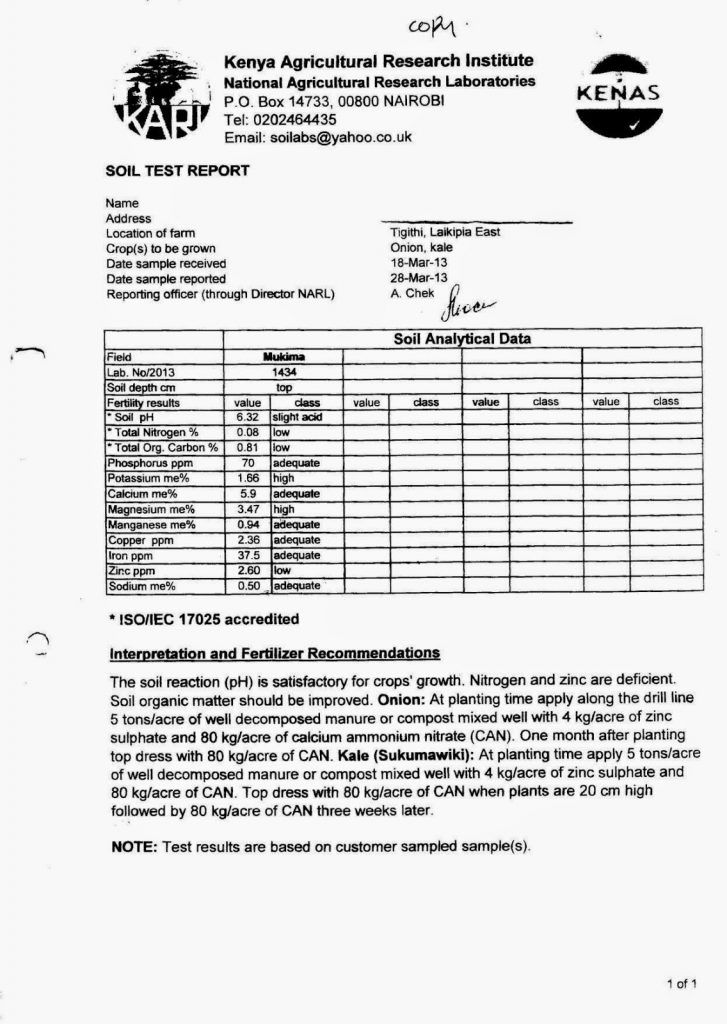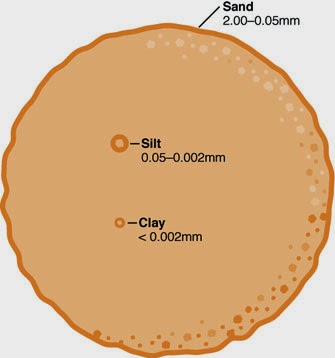Daniel Ontonyi, General Manager, Kariunga Greens Farm is the recipient of the 2017 BASIS Louise Labuschagne7 award that is provided to the best student for BASIS Certificate in Crop Protection (Agriculture).BASIS stands for British Agrochemical Standards Inspection Scheme. The best student award is made annually and named after the course founder Louise Labuschagne co-founder of Real of Real IPM together with Henry Wainwright.
At an event hosted at Real IPM Kenya in Thika Daniel’s selection as the winner of the Louise Labuschagne Award was made by the examination panel after emerging best overall in last year’s class.
“Daniel represents the future of agriculture advisors we as Real IPM are dedicated to helping grow the productivity of agriculture in Kenya,” said Dr. Henry Wainwright, General Manager, Real IPM. “It’s because of his passion, commitment, and technical competence that he was able to come out top of his class”
BASIS is a benchmark professional course suitable for practicing agronomists and is an industry standard that exposes learners to the global perspective in horticulture production,best practice in crop protection that concern safety of operators,consumers and the environment.It also keeps pace with changes in the industry when it comes to practical technologies and innovations that aim at improving quality and profitability in production.Case in point is the implementation of Intergrated pest management(IPM) in dealing with pests.IPM is now widely accepted as a safe and sustainable approach in agricultural production. The course is offered by Real IPM at their headquarters in Thika Kenya to train agronomy staff in the BASIS Crop Protection Certificate of Competency. This certificate is internationally recognized as a measure of competence for crop advisors.
“With today’s changing agriculture dynamics it is important to stay informed.” Said Lee Ngugi, training manager, Real IPM. “By utilizing the most up to date information, we empower students with information to support them in their agriculture and horticulture decisions”
“I am honored to be receiving this award, I believe it has equipped me with additional skills as a crop advisor.” Daniel said “I encourage agriculture professionals to attend the course as it provides a passport to work anywhere in the world as an agriculture advisor. The course is structured to build on your field experience but also provides an opportunity to engage with new emerging global trends.”
The Louise Labuschagne Award represents progressive change in the industry since its inception in the
For more information on BASIS check their website www.basis-reg.co.uk or contact Real IPM – training@realipm.com


